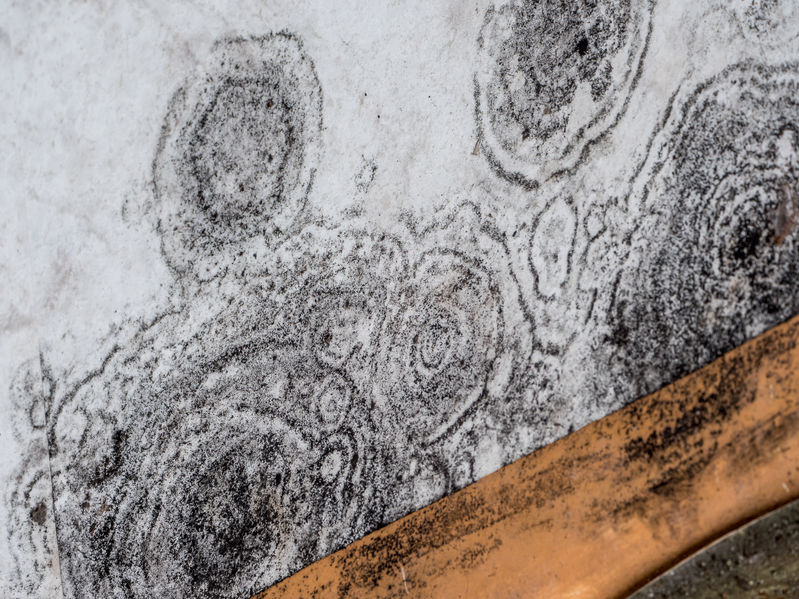Mold Assessment and Plan of Action
If mold is visible in your home then there is a high possibility of finding hidden mold in places you least expect. Mold professionals start the remediation process by performing a thorough inspection of the areas that have been affected by mold.

Water Damage Restoration
There is no point in removing mold from your home if you do not eliminate the damp, dark conditions that promote its growth. The process used to dry out water may vary depending on where it is coming from. Your drywall may have to be removed if the source of water is located behind it. If mold professionals cannot locate the source of the problem, they use infrared scanners to quicken the process. Once the remediation team has found the source of water or moisture, they do the necessary repairs.
Disposing Affected Items and Drying Out the Area
Porous materials that are beyond repair or cannot be salvaged are first disposed of as they may have absorbed large quantities of mold or contaminated water. This may include items such as drywall, mattresses, or pillows, which pose a greater risk of recurring mold. The affected area is then dried out using industrial fans and dehumidifiers to stop mold from spreading to other areas. The mold remediation crew take necessary precautions to avoid disturbing the mold spores as they can easily become airborne.
Sealing Off the Affected Area
Since the mold remediation team will have a good idea of where mold is located, they isolate the affected area using plastic sheeting. This step is meant to contain any mold spores that may become airborne, preventing it from spreading through the rest of your home. Mold professionals refer the isolated area as ground zero, which designates their main area of operation. Smaller mold occurrences may involve closing doors that lead to the hallway or other rooms and opening windows to allow free circulation of air.
Mold Removal and Clean-Up
Mold professionals may use an assortment of cleaning methods depending on the surfaces involved and the quantity of mold to be removed. Anything that cannot be cleaned or is not deemed reusable will be disposed of properly. Some surfaces may only require a damp wipe while others may involve heavy-duty approaches such as the application of a fungicide and wet or dry vacuuming. Mold professionals use a HEPA vacuum, as gets of mold from the air and eliminates dust and debris from the affected surfaces. Throughout this process, the mold remediation team take precautionary measures by wearing personal protection equipment to avoid mold exposure.
Repair and Restoration
You may receive some help with the restoration and repair of certain aspects of your home depending on the range of services offered by your mold remediation company. For instance, some companies may help you with repainting or retiling while others may offer fabric restoration services to get your home back to a livable condition. However, the extra services offered by mold remediation professionals may vary depending on what was covered in the contract.
Preventing Future Mold
After the mold has been removed from your home, remediation professionals may provide debriefing and advise you on how you can prevent mold from occurring in the future. Some of the ways you can prevent recurring mold are by adding additional insulation, heating your home better to avoid condensation, and using a dehumidifier to get rid of excess moisture from the air. It is also important to add extra ventilation and clean any liquid spills as soon as possible to prevent the possibility of mold growth.
An experienced mold professional has extensive knowledge in dealing with a mold problem. They also use special equipment and cleaning products to get your home back to its normal condition. By hiring mold professionals, not only do you save money in the long run, but you are also assured of a safe and healthy environment for you and your family.
